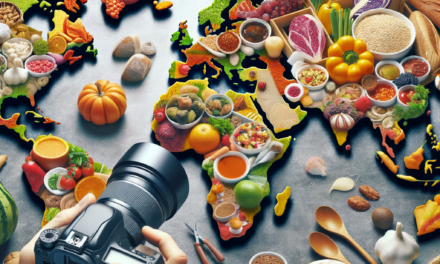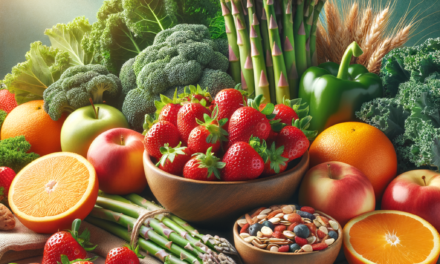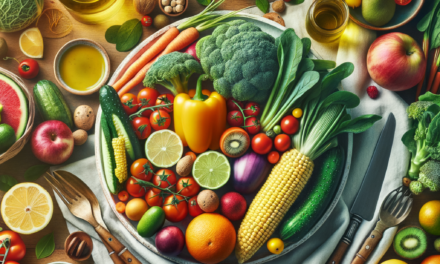As we become more conscious of our environmental footprint, the way we eat plays a significant role in the health of our planet and ourselves. Sustainable eating is about choosing foods that are healthy for our environment and our bodies. It’s about finding a balance between what we need to nourish ourselves and what the Earth can provide without being depleted. With spring on the horizon, it’s the perfect time to refresh our habits and embrace a more sustainable lifestyle. Here are the top five sustainable eating and food source tips to positively impact your life and the world around you.
1. Embrace Plant-Based Meals
- Health Benefits: Plant-based diets are rich in nutrients, fiber, and antioxidants, which can improve heart health and reduce the risk of chronic diseases.
- Environmental Impact: Producing plant-based foods generally requires less water and land and emits fewer greenhouse gases than animal-based foods.
- Seasonal Tip: With spring’s arrival, explore the variety of fresh, seasonal vegetables and fruits available at your local farmers’ market.
2. Choose Locally-Sourced Foods
- Support Local Economy: Buying from local farmers and producers helps support your community’s economy and preserves local farmland.
- Reduce Your Carbon Footprint: Local foods often have a smaller carbon footprint since they travel shorter distances from farm to plate.
- Seasonal Tip: As the weather warms, look for community-supported agriculture (CSA) programs to get a share of the season’s harvest.
3. Opt for Organic and Non-GMO Products
- Limit Exposure to Pesticides: Organic foods are grown without synthetic pesticides, which can be better for your health and the environment. Products like the Organic Veg Kit can help you start your own organic vegetable garden at home.
- Protect Biodiversity: Organic farming practices promote soil health and biodiversity, which is crucial for a resilient food system.
- Seasonal Tip: Many farmers’ markets offer a variety of organic produce, making it easier to incorporate these items into your spring meals.
4. Reduce Food Waste
- Save Money: By planning meals and using leftovers creatively, you can reduce food waste and save on your grocery bills.
- Conserve Resources: When you waste less food, you also save the water, energy, and labor that went into producing it.
- Seasonal Tip: Preserve the abundance of spring produce by learning how to can, freeze, or ferment your fresh finds.
5. Grow Your Own Food
- Know Your Food Source: Growing your own food gives you control over what goes into your produce and how it’s grown. Using a high-quality Terrarium Potting Mix with Perlite can ensure your miniature garden thrives.
- Connect with Nature: Gardening can be a therapeutic activity that connects you with the natural world and the cycles of the seasons.
- Seasonal Tip: Start with easy-to-grow spring vegetables like lettuce, radishes, and peas to kickstart your home garden. Consider reading Organic Vegetable Gardening at Home for tips on sustainable planning and harvesting.
In conclusion, sustainable eating is not just a trend; it’s a lifestyle choice that benefits your health, your wallet, and the planet. By incorporating these top five sustainable eating and food source tips into your daily life, you’ll be taking meaningful steps towards a more sustainable future. Remember to start small, be patient with yourself, and enjoy the process of discovering new, eco-friendly ways to nourish your body and soul. Happy eating, and here’s to a healthier you and a healthier planet!
Key Takeaways:
- Incorporate more plant-based meals into your diet for health and environmental benefits.
- Support your local economy and reduce your carbon footprint by choosing locally-sourced foods.
- Opt for organic and non-GMO products to limit exposure to harmful chemicals and protect biodiversity.
- Reduce food waste to save money and conserve resources.
- Grow your own food to ensure you know the source and to deepen your connection with nature. For more guidance, explore titles like Organic Gardening for Beginners and ORGANIC GARDENING: The Detailed Guide.










